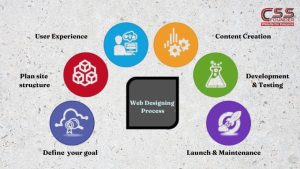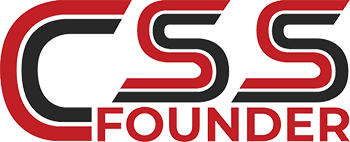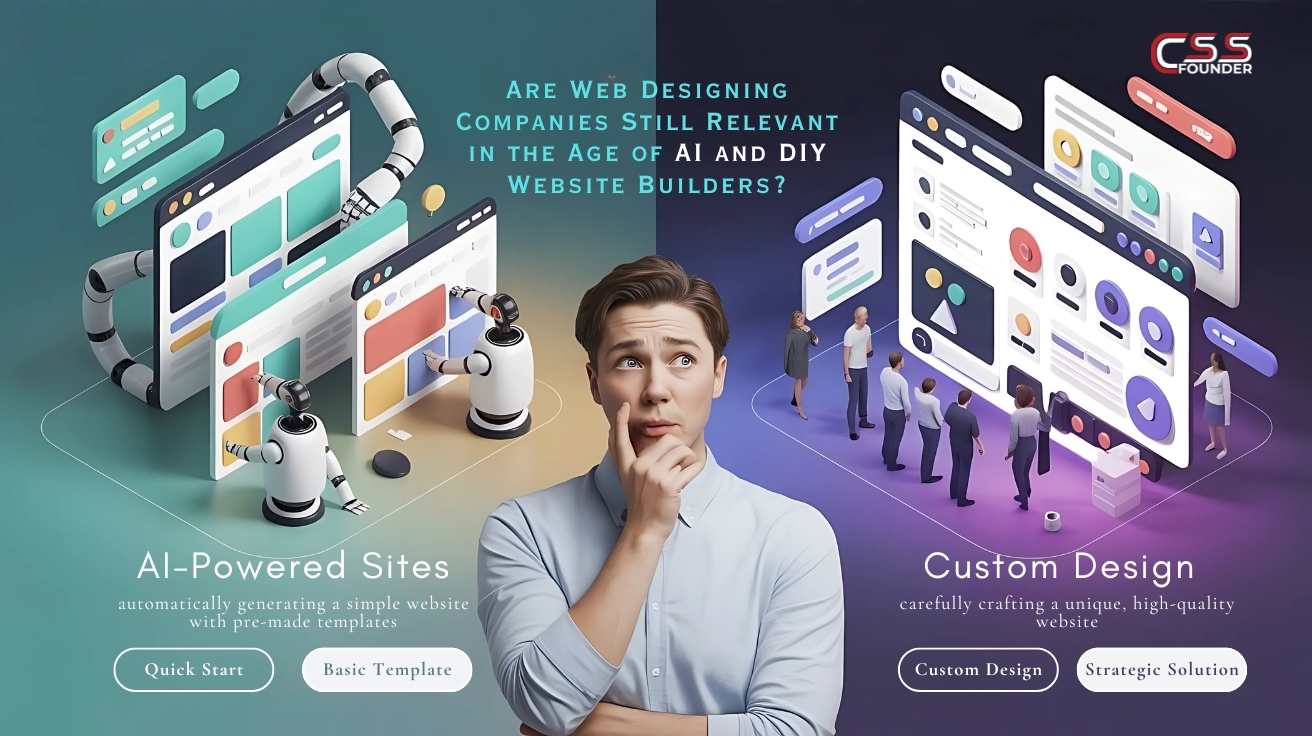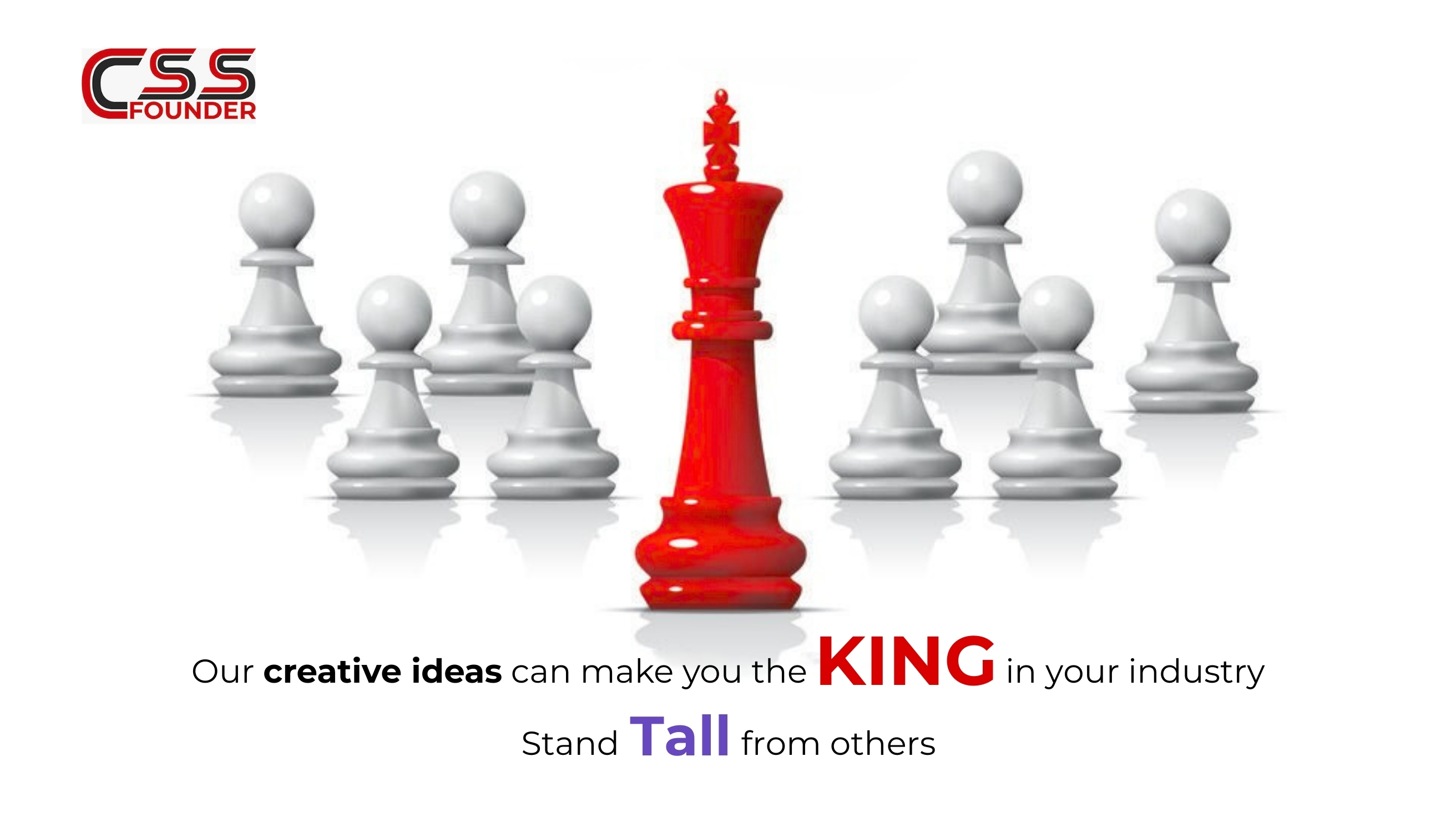Elevate Your Brand With Expert Website Designing Process
Building a website is a multi-faceted process that requires careful planning, creative vision, and technical expertise. Whether you’re creating a simple brochure site or a complex e-commerce platform, following a structured website design process can help ensure a successful outcome. In this article, we’ll walk through how to elevate your brand with expert website designing process

- Define Your Goals and Target Audience
Before you begin the design phase, it’s crucial to have a clear understanding of your website’s objectives and the audience you’re trying to reach. Are you building an online portfolio, an e-commerce store, or an informational resource? Identifying your goals will shape the website’s structure, content, and overall user experience.
Additionally, researching your target audience’s demographics, interests, and online behaviors will help you tailor the design and content to their preferences, making your website more engaging and effective.
- Plan Your Site Structure and Navigation
Once you’ve defined your goals and target audience, it’s time to plan your site’s structure and navigation. This step involves creating a sitemap, which outlines the hierarchy of pages and how they’re interconnected. A well-organized sitemap ensures that visitors can easily find the information they’re looking for and navigate through your website without getting lost or frustrated.
- Design the User Experience (UX)
User experience (UX) design is the process of creating a seamless, intuitive, and enjoyable experience for your website visitors. This involves several factors, including:
- Information Architecture: Organizing and structuring content in a logical and easy-to-understand way.
- User Interface (UI) Design: Creating visually appealing layouts, choosing color schemes, typography, and imagery that align with your brand identity.
- Usability: Ensuring that your website is easy to use, with intuitive navigation, clear calls-to-action, and responsive design for various devices.
During the UX design phase, it’s essential to create wireframes and prototypes to visualize the website’s layout and functionality before diving into the visual design.
- Visual Design and Branding
Once the UX design is finalized, it’s time to bring your website to life with visual design and branding elements. This step involves:
- Color Scheme: Choosing a color palette that reflects your brand personality and enhances the overall aesthetic appeal.
- Typography: Selecting fonts that are legible, consistent with your brand, and complementary to the design.
- Imagery and Graphics: Incorporating high-quality images, illustrations, icons, and other visual elements that support your content and brand messaging.
- Branding Elements: Integrating your logo, brand guidelines, and other visual assets to create a cohesive and recognizable brand experience.
- Content Creation and Optimization
Content is the backbone of any website, and creating compelling, relevant, and optimized content is crucial for engaging your audience and achieving your goals. This step involves:
- Copywriting: Crafting clear, concise, and persuasive text that resonates with your target audience and supports your website’s objectives.
- Search Engine Optimization (SEO): Optimizing your content and website structure for better visibility and higher rankings in search engine results.
- Multimedia Integration: Incorporating videos, infographics, and other multimedia elements to enhance the user experience and convey information more effectively.
- Development and Testing
With the design and content in place, it’s time to bring your website to life through coding and development. This stage involves:
- Front-end Development: Translating the visual design into HTML, CSS, and JavaScript to create the user interface.
- Back-end Development: Building the server-side functionality, integrating databases, and implementing features like e-commerce, forms, and user accounts.
- Testing and Quality Assurance: Thoroughly testing the website across different browsers, devices, and scenarios to identify and fix any bugs or issues before launch.
- Launch and Maintenance
After rigorous testing and quality assurance, your website is finally ready for launch. However, the process doesn’t end there. Ongoing maintenance and optimization are essential to ensure your website remains relevant, secure, and up-to-date. This includes:
- Monitoring and Analytics: Tracking website performance, user behavior, and traffic sources to identify areas for improvement.
- Security and Updates: Implementing regular software updates and security patches to protect your website from vulnerabilities and cyber threats.
- Continuous Improvement: Regularly reviewing and enhancing your website based on user feedback, analytics data, and evolving trends and technologies.
By following this comprehensive website design process, you can create a visually stunning, user-friendly, and effective online presence that meets your goals and exceeds your audience’s expectations.





.png)


